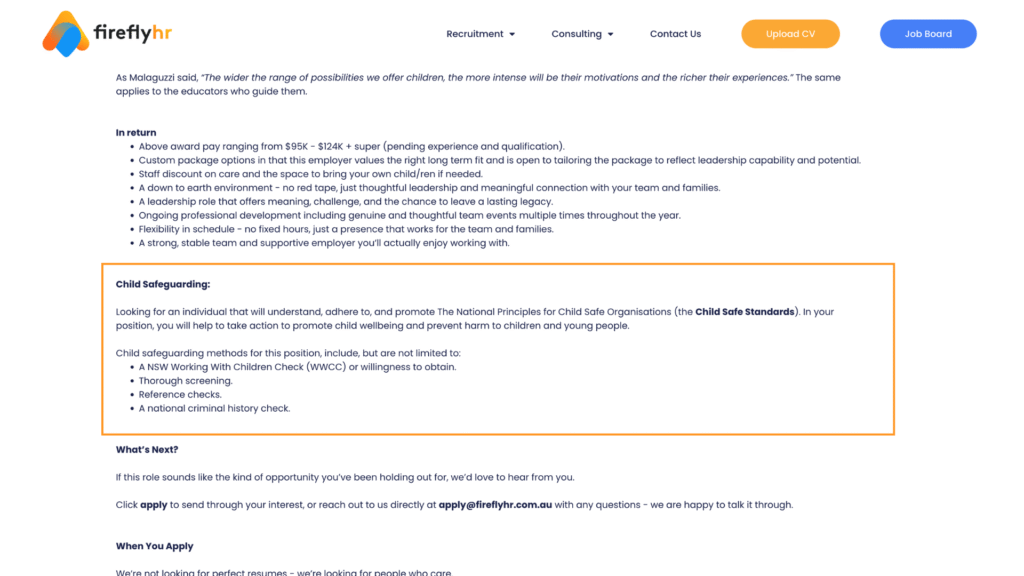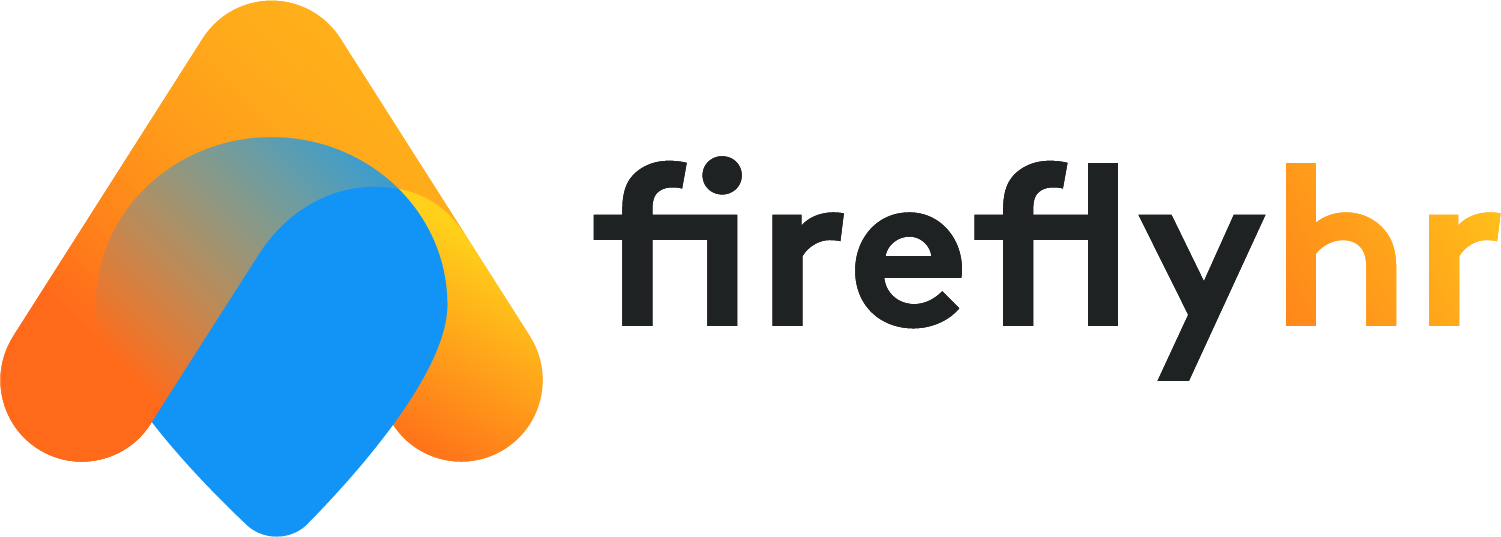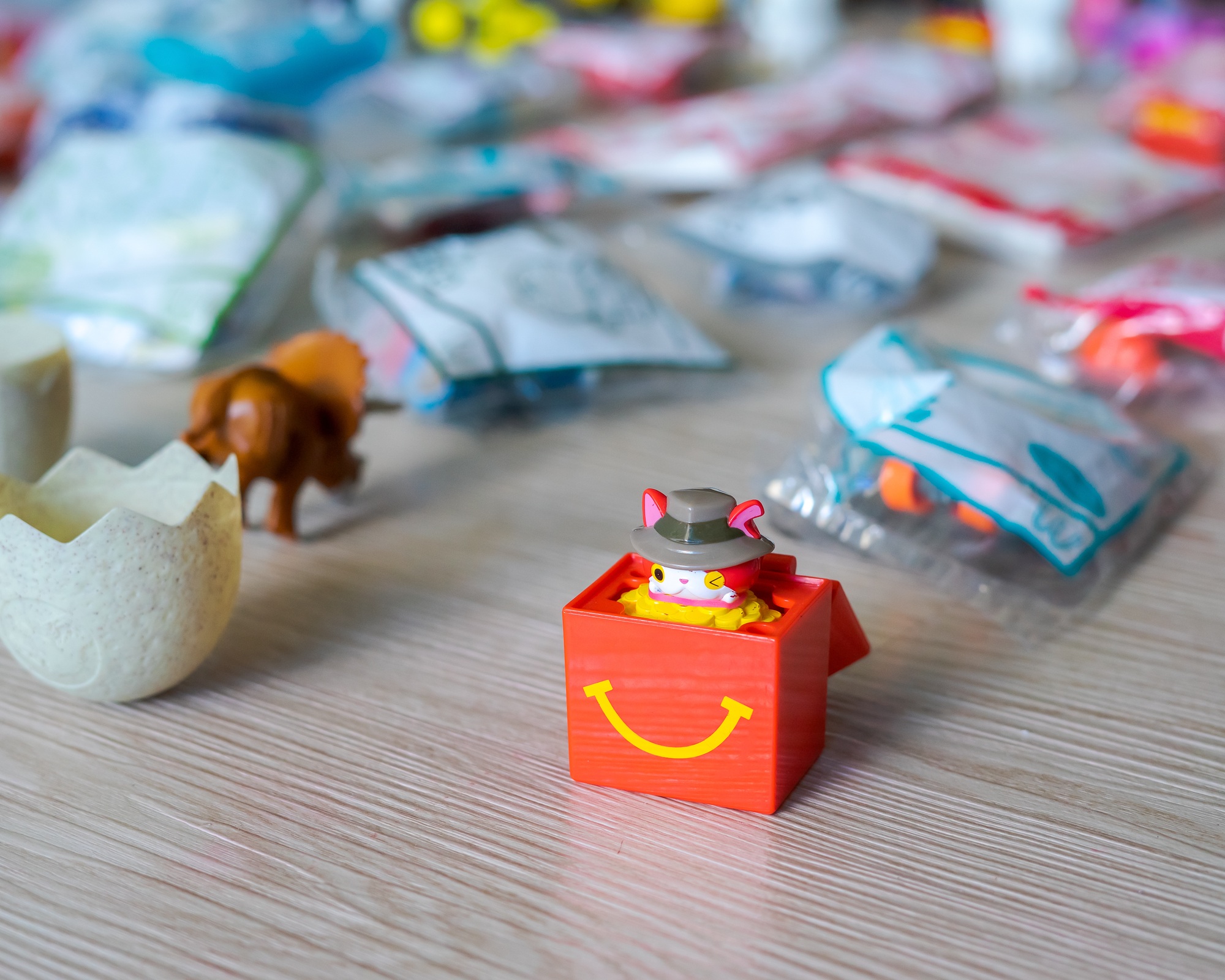As a father of a 3-year-old boy and a 5-year-old girl, and someone who has worked in the OSHC and ECE sector for over seven years, I’ve been deeply affected by the recent news out of Melbourne. Like many, I feel a mix of sadness, frustration and concern. My heart goes out to the families involved, and to the many good educators, especially male educators, who once again feel the weight of suspicion because of the actions of a few.
It is important we separate individual predators from the broader early education and care community. We also need to avoid the noise of extreme voices who use these moments to stir fear or push unhelpful narratives. Child safety is far too important for sensationalism.
We want this blog to be more than commentary. It’s a guide for action. A chance to reflect on how we create services that are safe, trusted and proactive starting with how we recruit, and extending well beyond that.

Child Safety Requires Layers of Defence
There’s no single action that keeps children safe. The strongest services take a layered approach. These layers work together to create a culture where child safety is championed.
Let’s explore three key layers of defence: recruitment, education and training, and leadership-driven culture.
Layer One: Safer Recruitment
Creating a child-safe service starts well before educators walks through your doors. It begins with recruitment.
Recruitment isn’t just about filling roles; it’s your first line of defence. Every stage of the hiring process plays a part in actively discouraging unsuitable individuals and attracting those who are aligned with your values and are committed to keeping children safe.
At Firefly HR, we’ve led the way in this area. We were the first OSHC and ECE recruitment agency to embed safeguarding into job ads and pre-screening questions.
Here’s how you can strengthen your recruitment processes to create safer teams.
Child-Safe Job Advertisements
A well-worded job ad can deter the wrong people before they ever apply. It sets the tone that child safety is a core priority.
Your job ad should include:
- A strong safeguarding statement, such as:
“Our organisation is committed to the safety and wellbeing of children and young people. We have zero tolerance for child harm and thorough screening processes are in place for all applicants.”
- Language that communicates accountability, not just requirements:
- “Demonstrated understanding of child protection responsibilities.”
- “Commitment to upholding a child-safe environment.”
- “Knowledge of the Child Safe Standards.”
- More than just qualifications, for example:
- Current WWCC
- Completion of Child Protection Training (e.g. “Identify and Respond”)
- Willingness to engage in regular safeguarding PD.
This isn’t about ticking boxes. It’s about making it clear that your service is a place where child safety is taken seriously.

Pre-Screening Questions: Quiet Gatekeepers
Before an interview, use pre-screening calls or forms to identify red flags and ensure candidates align with your values.
We were among the first to introduce child-safe pre-screening questions into our recruitment process, and they remain one of the most effective quiet filters.
Examples include:
- “What does child safety mean to you in your role as an educator?”
- “Are you familiar with the Child Safe Standards or National Principles?”
- “Tell me about a time you acted to protect a child’s wellbeing.”
- “Are you comfortable with additional child safety screening during recruitment?”
These questions don’t need to be confrontational, but they should be clear, direct and values based. They signal to applicants: we take child safety seriously – and you should too.
Interviews That Go Beyond Compliance
The interview is the most powerful opportunity to understand a candidate’s values, instincts and judgement.
Focus on:
- Behavioural Questions, like:
- “Tell me about a time you had to respond to a concern about a child’s safety. What did you do?”
- “How do you build emotional safety with children, especially those who are shy or have experienced trauma?”
- Hypotheticals, such as:
- “What would you do if you noticed a colleague behaving inappropriately with a child?”
These questions help assess both practical knowledge and moral courage, two essential qualities for child-safe educators.
Reference Checks: The Last Line Before Entry
Many services treat reference checks as a formality. But this step is often your last chance to pick up on concerns.
Don’t just confirm employment dates. Ask:
- “Did the candidate show good judgement in maintaining professional boundaries?”
- “Were there ever concerns – formal or informal – about their conduct with children?”
- “Would you re-employ them in a child-facing role?”
Speak directly to someone who supervises the candidate, not just a colleague. If a referee hesitates, that hesitation itself may be a flag.
This comprehensive, layered approach to recruitment doesn’t just reduce risk, it actively helps build the kind of workforce children deserve. It’s the first layer of a truly child-safe organisation, and it sets the tone for everything that follows.

Layer Two: Ongoing Learning and Awareness
Once staff are hired, the work doesn’t stop. Child-safe organisations continue to build knowledge, awareness and vigilance.
One of the best free resources available to NSW OSHC and ECE services is the training offered by the NSW Office of the Children’s Guardian (OCG).
The OCG provides tailored eLearning courses designed specifically for OSHC (including vacation care) and ECE (long day care, preschools, occasional care, etc.) services.
These courses help build knowledge and keep educators focused on how their professional practice helps keep children safe.
Layer Three: A Culture Led by Leaders
Policies don’t protect children – people do.
It’s leaders who set the tone. When providers and coordinators model clear boundaries, raise concerns early, and embed safeguarding into performance conversations, safety becomes part of the culture, not just part of the paperwork.
We run a practical workshop called Keeping Children Safe, which supports services to do just that. This training goes beyond compliance. It helps teams reflect, reset and recommit to their role in protecting children. Here is what some recent participants of the workshop had to say:
‘This workshop helped me feel completely comfortable and knowledge around my responsibilities working with children and how I support their safety.’
‘A constructive workshop with engaging discussions about child safe topics.’
‘It is was interactive, interesting, and provided helpful information.’

Final Thoughts: Where to Begin
There is no single fix. But there are things every service can do today.
- Review your job ad templates and recruitment steps with a child-safe lens.
- Use the free OCG eLearning modules to build shared understanding across your team.
- Invest in team conversations and practical training that prioritise safety.
Children deserve more than policies. They deserve environments built on trust, vigilance and action.
Let’s keep doing the work that keeps them safe.


